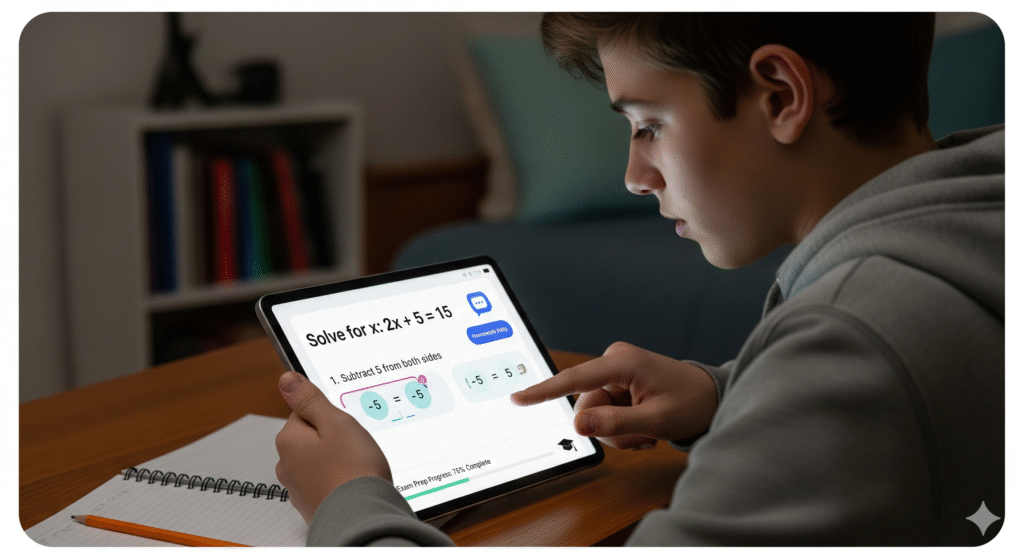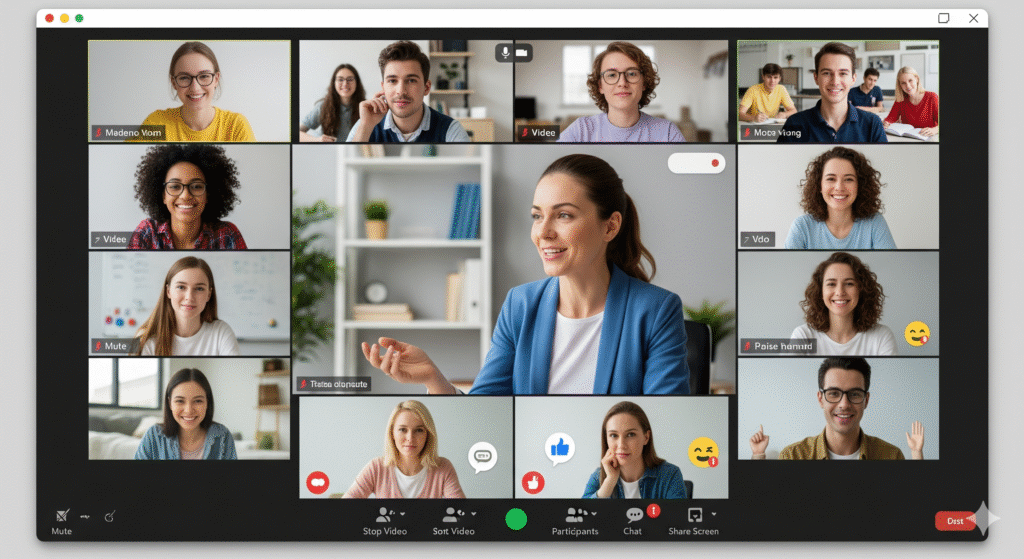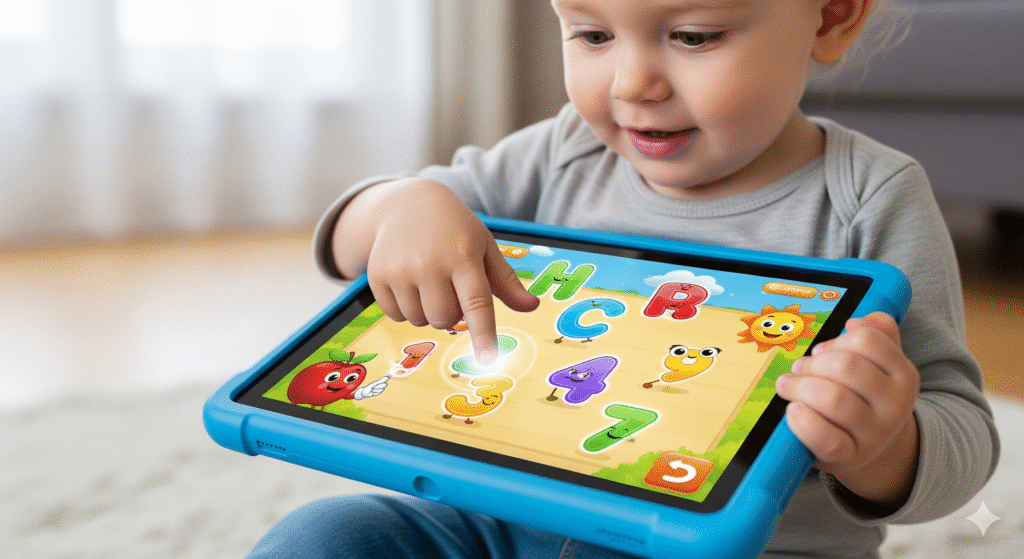Introduction
Education has transformed more in the past decade than in the previous century. Thanks to online learning platforms, educational apps, and virtual classroom tools, students of all ages can now access high-quality learning from anywhere in the world. From Coursera, Udemy, and Khan Academy to Google Classroom and Zoom for education, digital tools are reshaping how knowledge is delivered, shared, and consumed.
As we step into 2025, the demand for flexible, personalized, and accessible education continues to grow. Whether it’s a high school student using an app for homework help or a professional taking a specialized online course, the future of learning is undeniably digital.
The Rise of Online Learning Platforms
Platforms like Coursera, Udemy, and Khan Academy have revolutionized access to knowledge:
- Coursera: Offers courses from top universities and companies, including Google, Stanford, and Yale. Students can pursue anything from data science to psychology, often earning certificates recognized by employers.
- Udemy: Focuses on skill-based courses, making it a go-to platform for professionals seeking practical expertise in fields like digital marketing, web development, and business strategy.
- Khan Academy: Provides free learning resources for students, especially in math, science, and economics. Its interactive videos and quizzes support K–12 learning and test preparation.
👉 According to a 2024 report, the global online learning market is expected to surpass $370 billion by 2026, fueled by the increasing demand for flexible and affordable education.

Educational Apps for All Ages
Smartphones have become powerful learning devices. Educational apps are designed for learners at every stage:
- For Toddlers & Preschoolers: Apps like ABCmouse and Endless Alphabet make early learning interactive through games, songs, and storytelling.
- For High School Students: Apps like Quizlet and Photomath provide study aids, homework help, and exam preparation tools.
- For Professionals: Apps such as LinkedIn Learning and Skillshare allow continuous skill development in areas like leadership, design, and entrepreneurship.
👉 With millions of downloads, educational apps are bridging the gap between entertainment and learning, making education more engaging and accessible.
Virtual Classroom Tools – The Backbone of Remote Learning
The pandemic accelerated the adoption of virtual classrooms, and tools like Zoom for education and Google Classroom remain at the heart of hybrid and remote learning.
- Zoom for Education: Offers features like breakout rooms, screen sharing, and real-time collaboration. Teachers can conduct live classes, group projects, and virtual discussions seamlessly.
- Google Classroom: Integrates with Google Workspace, allowing teachers to create assignments, share resources, and track student progress in one centralized hub.
- Microsoft Teams for Education: Provides interactive whiteboards, quizzes, and secure communication tools.
👉 These platforms ensure that education continues even when students and teachers are not physically together, making it possible to connect classrooms across the globe.

Learning Management Systems (LMS)
Beyond video conferencing, Learning Management Systems (LMS) help institutions deliver structured courses online.
- Moodle: Open-source LMS widely used by universities.
- Canvas: Popular in higher education for course management and grading.
- Blackboard: Offers robust solutions for online assessments and analytics.
LMS platforms provide a central space for learning materials, progress tracking, and collaboration, making them essential for schools, universities, and corporate training.
Case Studies in Online Learning
Case Study 1: Coursera’s Impact on Career Development
- A survey found that 87% of Coursera learners reported career benefits, such as promotions or salary increases.
- Employers now view online certificates as credible evidence of skill mastery.
Case Study 2: Khan Academy in K–12 Education
- Many U.S. schools have integrated Khan Academy into classrooms to support math and science learning.
- Teachers use it as a supplementary tool for personalized learning.
Case Study 3: Zoom in Higher Education
- During the pandemic, Zoom became the default virtual classroom for universities worldwide.
- Its ease of use and adaptability allowed classes to continue with minimal disruption.
Benefits of Online Learning Platforms
- Accessibility: Learners from rural and underprivileged areas can access top-tier education.
- Flexibility: Students learn at their own pace, anytime, anywhere.
- Affordability: Many platforms offer free or low-cost courses compared to traditional universities.
- Variety: From coding bootcamps to creative writing workshops, there’s something for everyone.
- Global Collaboration: Students interact with peers and teachers worldwide.
Challenges in Digital Learning
- Digital Divide – Not all students have access to reliable internet or devices.
- Engagement Issues – Keeping learners motivated online is harder than in traditional classrooms.
- Quality Concerns – Some platforms may lack accreditation or academic rigor.
- Privacy & Security – Online learning platforms must ensure data protection for students.

The Future of Virtual Education
- AI-Powered Learning: Tools like ChatGPT for education will provide real-time tutoring, personalized study guides, and instant feedback.
- Gamification: More educational games will enhance engagement.
- Virtual Reality (VR) Classrooms: Imagine history students virtually walking through ancient Rome or science students conducting experiments in 3D labs.
- Hybrid Learning Models: A mix of online and offline learning will become the standard.
- Global Expansion: Developing nations will increasingly adopt online platforms, reducing education inequality.
Conclusion
The future of learning is being written today through online platforms, educational apps, and virtual classroom tools. With innovations from Coursera, Udemy, Khan Academy, Google Classroom, and Zoom for education, the barriers to knowledge are falling rapidly.
While challenges like accessibility and engagement remain, the opportunities far outweigh them. As AI-powered study tools, gamified learning, and hybrid classrooms evolve, students and educators alike will benefit from a more personalized, flexible, and global approach to education.
Education is no longer confined to four walls—it’s a borderless, digital experience preparing learners for the world of tomorrow.



















